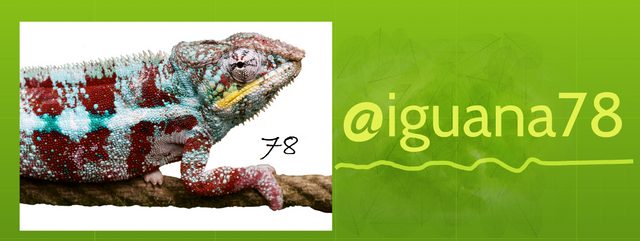The Removed ones: morphologic characteristics
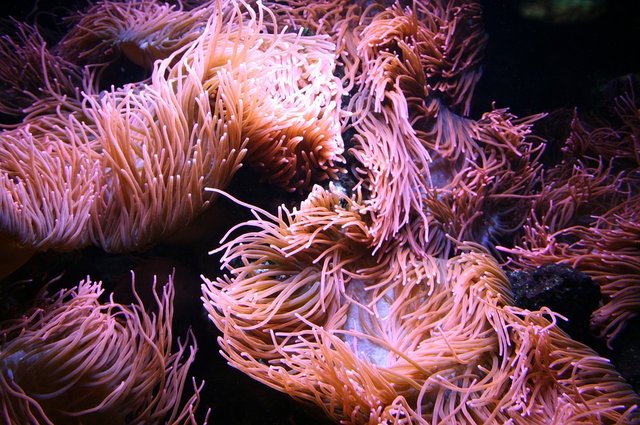
The cnidarios (Savalia savaglia), source of public domain of pixabay
The cnidarios get his name for the cells urticantes that it possess, called cnidoblastos, that his tentacles cover.
The cnidarios (Savalia savaglia) .
Called also celentéreos are aquatic animals, which are distributed by all the world, principally in seas and oceans, many of them float freely in the water, as jellyfish and other they are tied to the fund, as the hidra of fresh water. His size is very variable, some of them can be microscopic, but the colonies of diverse species can come to 2 meters of diameters just as the jellyfish.
The cnidarios are animal radial symmetry, that is to say, the elements of his body are distributed about an imaginary axis, which happens for his mouth, it appears in two forms basically of structural organization: the polyp and the jellyfish.
The polyp is a species of sack, I fix for his base to a substratum and with a mouth gap in the top part, which one finds surrounded with tentacles.
The jellyfish is a free form and with inverse orientation to that of the polyp: it consists of a sombrerillo, the umbrela, often with tentacles for the rim, and an extension expanded in the low part, called cranks and in whose end opens to itself the mouth, surrounded also with tentacles.
An important characteristic is the exclusive presence of a few cells of this animal group, the cnidoblastos, which consists of a capsule quitinosa full of liquids urticante and a hollow filament coiled on the capsule m and covered sometimes by an opérculo, that inject the liquid urticante.
The wall of the body of the cnidarios is formed by a gelatinous and this mesoglea re-dressed by an epidermis, has nervous fibers grouped by a few networks and contractile cells, forming a muscular textile. One feeds on small organisms plantónicos that float in the water and in the forms of major size, as some jellyfish, of fish that they capture with his long provided tentacles of cnidoblastos.
your reproduction can be sexual or asexual, in the first case, they take place in general by means of gemación, an individual produces egg yolks that later develop and lead to new adult copies, although sometimes it happens for split. The polyps reproduce normally for vegetative route and also they can do it for way sexual, in case of the jellyfish, almost always they multiply sexually.
The systematical one of the cnidarios distinguishes the classes that are described next:
Hidrozoos (Hydrozoa ).
Inside this group there are alternated the phases of polyp and jellyfish, thinking that they can reduce one of both and even be absent, the process begins when the larva seedling is fixed to a substratum, shows off up to adopting form of glass, forming a short stem and in his end, a structure in the shape of inverted bell surrounded with tentacles, which is called hydrates, it is a question of a polyp of digestive function. Although the majority of the hidrozoos are marine, there are some species dulceacuícolas, as the hidra of fresh water.
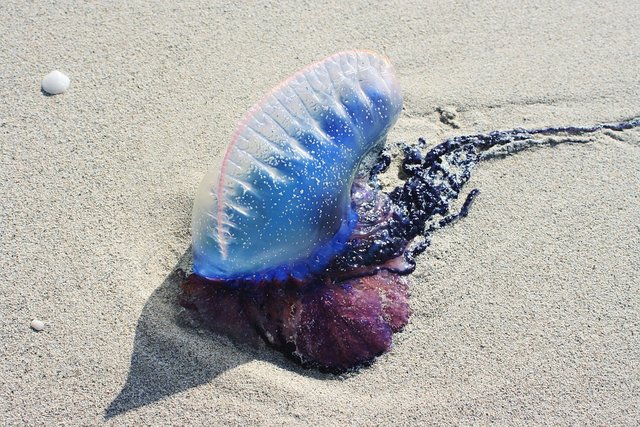
las medusas carabela portuguesa, fuente de dominio público de pixabay
This species they float in the water and it takes below the arms and filaments, which can reach several meters of length.
Escifozoos (Scyphozoa ).
In this class the common jellyfish, all marinas are included and of free life, that grow of veil, take a muscular ring along the rim of the umbrela, the crank prolongs in cuatros arms and presents symmetry tetrámera. They have organs of the senses, the first one of them it is that of the sight, represented by an ocular spot that is sensitive to the light, they possess also two sensitive pits, which distinguish the chemical substances and honestly they serve them to recognize the food, also they possess an estatocisto or organ of the balance, it is a question of a hollow cavity that contains small granules of lime, to to change the jellyfish of position, the piedrecillas rest against the walls of the cavity, reporting to the animal on the position in which they are.
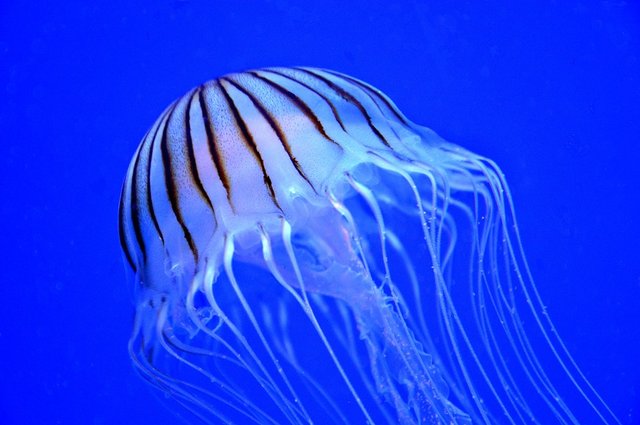
The jellyfish of purple streaks, source of public domain of pixabay
They have an ocular spot sensitive to the light, the two he structures sensitive to the flavors and an organ of the balance
Antozoos (Anthozoa ).
The class of the antozoos, represented by corals and of sea anemones, understands only polyps, only sailors and of exterior radial symmetry.
The sea anemones live fixed on a substratum, but they can move slowly on his disc basal, feed of invertebrates, which they paralyze with the cells urticantes and gather with the tentacles. Some anemones d sea reproduce asexualmente for gemación or for split, in the sexual reproduction, the male and the female expel the eggs and the spermatozoids and the fertilization takes place in the water.
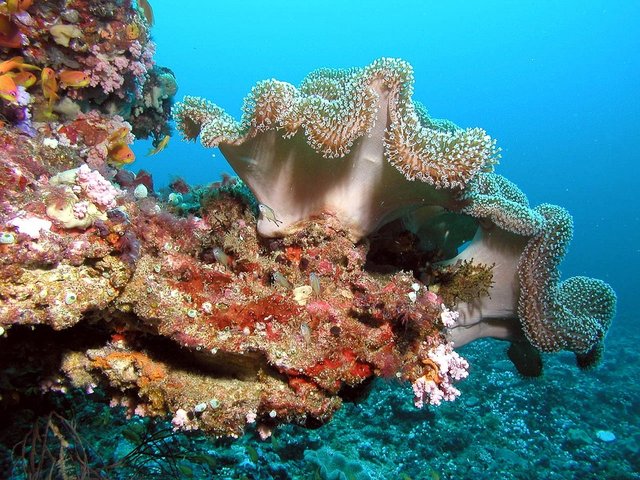
The red corals, source of public domain of pixabay
They are cnidarios colonial that they possess a skeleton community, that all the individuals of the colony share.
The big majority of corals live in colonies composed by big quantities of tiny polyps, of size of approximately 5 mm, which segregate a calcareous skeleton, forming reef.
Ctenóforos (Ctenophora ).
They are swimming animals, of bodies gelatinous and trasparentes, that live in the seas of the whole world, are trasparente and provided with bioluminescence and his size they range between 0.4 cm up to 1 m long. The symmetry is birradial and the body splits into eight meridians, provided each of them of a badge pectinada.
Two well-known species are the belt of venus, of form acintada and a length of up to 2 m, that belongs to the class of the tentaculado; the thimble, that bigger general represents the types, is the ball and it belongs to the class of the atentaculados.
Conclusion.
The ecosystems of this alive beings you have contribution great to the science for his morphologic taxonomy and characteristic, we have the following one contribute some of the most poisonous species of the marine invertebrates. The toxins stayed at the nematocistos of these species, are complex miscellanies of polipéptidos and proteins of medium and high molecular weight, with aptitude to stimulate poisonous and immune reactions.
At biological level it talks each other in the laboratory where it carries out the isolation and characterization of his nematocistos, and the biological activity of the toxins is evaluated by means of bioessays at cellular level and with small mammals giving a significant contribution to the handling and knowledge of the nature of the toxins and his mechanisms of action.
At ecological level in case of tropical and subtropical waters the corals are forming of islands. The coral reefs shape the marine ecosystem with major biodiversity serving as habitat and refuge for different types of organisms.
In reference to the reefs they are a valuable resource with inestimable benefits. Many countries of pende of them to support his fishing industry and his feeding, since they serve as habitat for many marine species of human consumption with big economic importance.

Sources Bibliographical.
Bald, A. and Breedy, O. (2002) GLOSSARY TETRALINGÜE OF TERMS APPLIED TO THE MORPHOLOGY AND ANATOMY OF OCTOCORALLIA (COELENTERATA: ANTHOZOA). Philology and Linguistics XXVIII (2): 139-153
OCAÑA, To. SÁNCHEZ BACON, L., LÓPEZ GONZÁLEZ, S., VICIANA, J. F., 2000. Guide Submarina of
Invertebrados Not arthropods. Ed. Coseas.
SÁNCHEZ - BACON, L. AND OCAÑA, A., 2003 submarine Fauna of the biological communities of the coast. Books of the Star. Delegation of Granada.
HOFRICHTER. R., 2005. The Sea Mediterranean. Fauna. Flora. Ecology. Volume II/1: Guide Sistemática and of
Identificación. Omega.
Tree of Life Web Project. 2008. Hydrozoa. Version 07 February 2008 (temporary). http: // tolweb.org/Hydrozoa/17640/2008.02.07 in The Tree of Life Web Project, http: // tolweb.org/
Andreas D. Baxevanis et to. “ The Genome of the Ctenophore Mnemiopsis leidyi and Its Implications for Cell Type Evolution ”. Science on December 342, 12, 2013.
